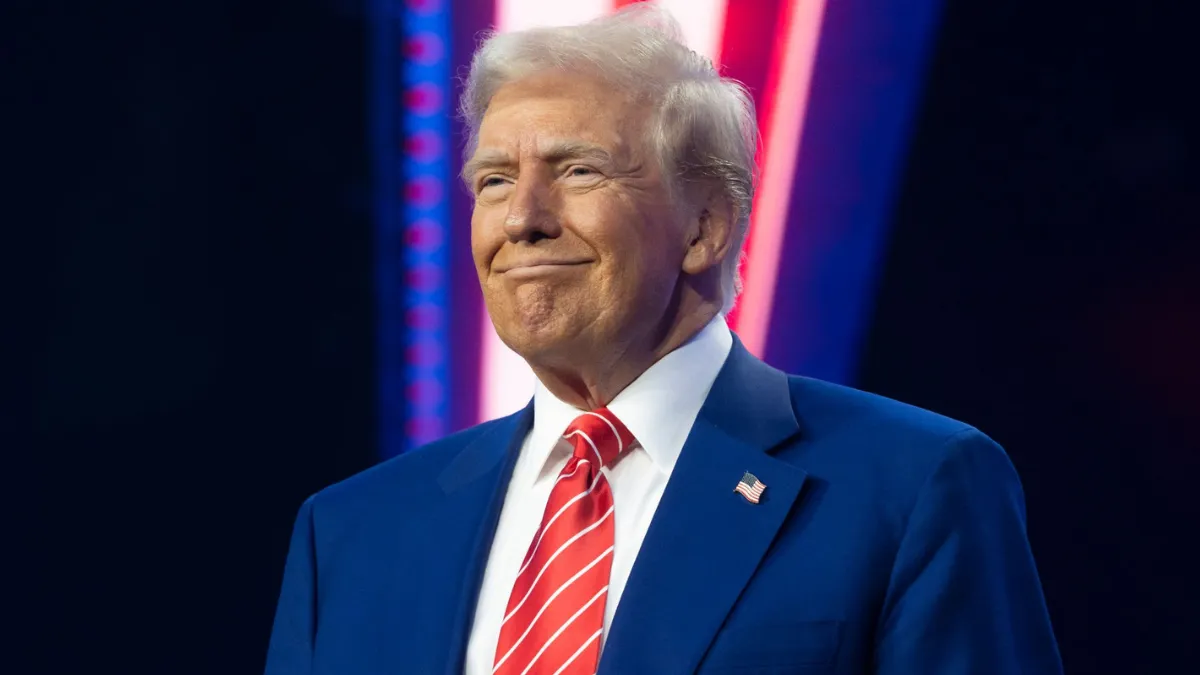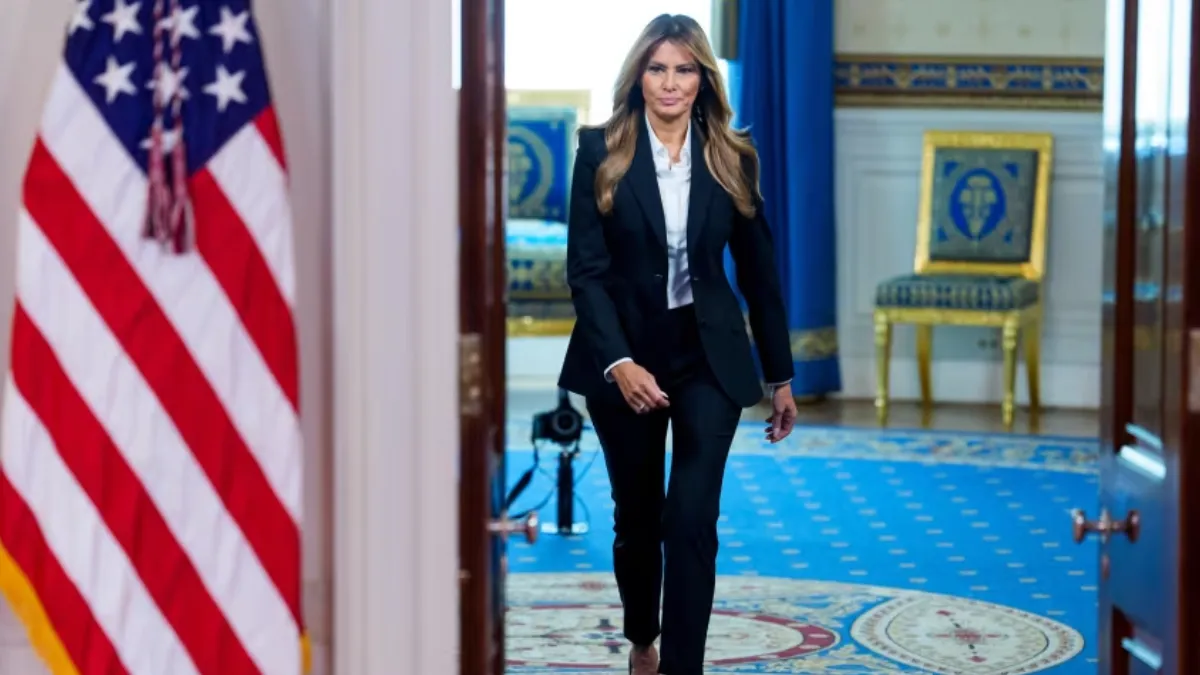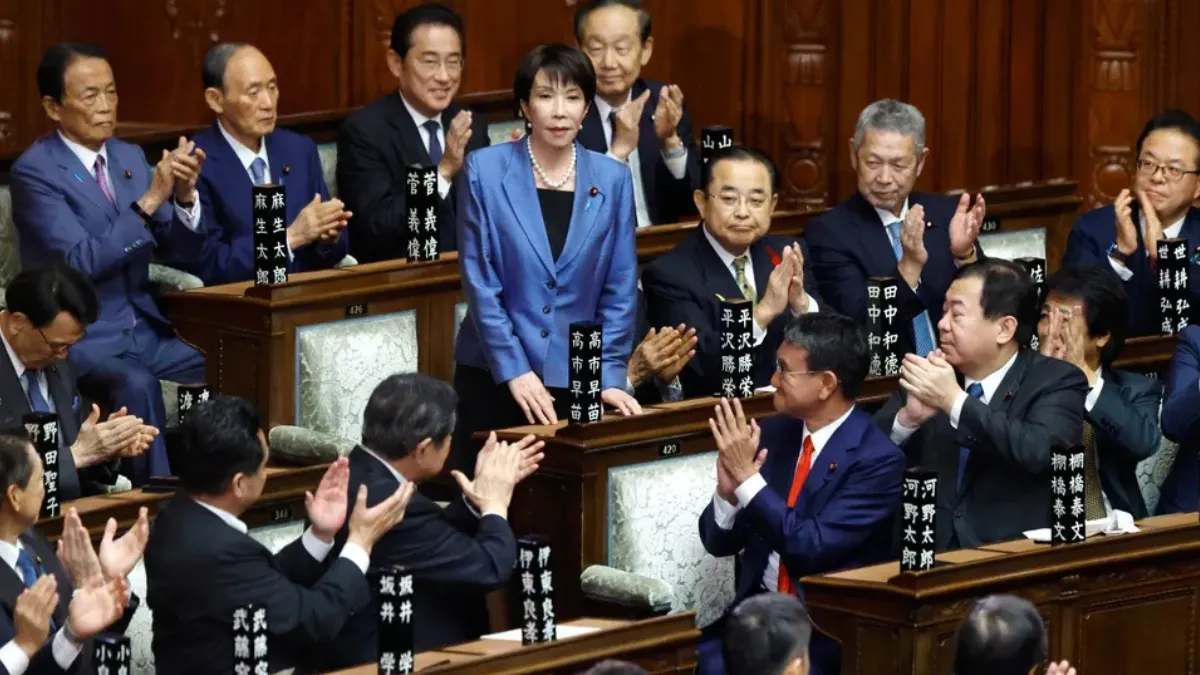Washington, D.C. – Former President Donald Trump has once again threatened to impose tariffs on films produced outside the United States, sparking widespread discussions about the future of Hollywood and the global movie industry. The controversial move, referred to as Trump tariffs movies, is aimed at protecting the American film sector, which Trump claims has been “stolen” by foreign countries.
Trump stated on Monday that California, home to Hollywood, has been particularly affected and that these tariffs would solve a “long-time, never-ending problem.” This statement comes months after he initially discussed his plan with Hollywood executives, expressing concerns that America’s film industry was dying “a very fast death.”
Background of Trump Tariffs Movies
The announcement of Trump tariffs movies coincides with a broader wave of trade measures recently introduced by the former president. Last week, he imposed 100% tariffs on branded or patented drug imports and 50% tariffs on kitchen and bathroom cabinets, emphasizing the need to prioritize American production across industries.
Trump explained on his Truth Social platform:
“Our movie-making business has been stolen from the United States of America by other countries, just like stealing ‘candy from a baby.’ California, with its weak and incompetent Governor, has been particularly hard hit!”
He clarified that the proposed tariffs would apply “on any and all movies that are made outside of the United States.” However, he did not specify the date of enforcement, leaving the film industry and investors uncertain about the next steps.
Challenges in Implementation
Experts have questioned how Trump tariffs movies would be applied in practice. Streaming services like Netflix and Amazon Prime could be affected, as well as theatrical releases, but details remain unclear. Tariffs traditionally apply to physical goods, making it difficult to determine their application to films.
Dan Coatsworth, an investment analyst at AJ Bell, highlighted that filmmakers often choose international locations due to better financial incentives, making enforcement complicated.
“The threat of Trump tariffs movies raises more questions than answers,” Coatsworth said.
“Filmmakers are drawn to locations offering tax incentives, and this has gradually shifted some of the Los Angeles film industry’s sparkle overseas.”
Another challenge is defining what counts as an American-made movie. Films shot in the US might still involve foreign actors, directors, or funding, complicating any attempt to apply tariffs consistently.
“It’s hard to understand how Trump intends to enforce these tariffs,” Coatsworth added.
“Producing films entirely in the US could increase costs, which studios would likely pass on to viewers, affecting subscriptions for streaming platforms and ticket sales for cinemas.”
Market Response
The announcement of Trump tariffs movies initially caused minor dips in the stock prices of major entertainment companies such as Netflix and Disney, though shares soon recovered. Analysts suggest that investors do not currently see these tariffs as an immediate threat.
Many recent US studio productions have been filmed abroad, including Deadpool & Wolverine, Wicked, and Gladiator II, highlighting Hollywood’s growing reliance on international locations for cost efficiency and creative options.
Despite these challenges, the United States remains a central hub for movie production. According to the research firm ProdPro, US production spending reached $14.54 billion last year, though this marked a 26% decline from 2022.
Countries attracting increased production spending include Australia, New Zealand, Canada, and the UK, largely due to competitive tax incentives and modern production facilities. This trend has prompted Hollywood to adapt to a more globalized filmmaking environment.
Cultural and Economic Considerations
The proposed Trump tariffs movies could have implications beyond economics. Limiting foreign involvement in film production may reduce creative collaboration, diversity, and innovation in American cinema. International co-productions often enrich content, bringing in talent, funding, and technology from across the globe.
Additionally, foreign governments could view the tariffs as protectionist, potentially triggering retaliatory measures in other sectors. This could escalate trade tensions, further complicating US relations with key film production countries.
Future Outlook
Industry experts are divided on the potential effects of Trump tariffs movies. While some believe domestic production incentives could create jobs and strengthen the US economy, critics argue that the globalized nature of filmmaking makes such tariffs impractical and potentially harmful to profitability.
“Content creation today is inherently international,” said a Hollywood producer on condition of anonymity. “Actors, directors, and funding often cross borders. Imposing tariffs may create more obstacles than solutions.”
The long-term impact on Hollywood and global cinema is uncertain. The US industry has adapted to technological changes and audience preferences in the past, but a 100% tariff on foreign-made films would be unprecedented, potentially affecting the global entertainment market significantly.
Also read: White House to Democrats: Urgent Talks Ahead of Shutdown Deadline
Conclusion
The discussion around Trump tariffs movies highlights the ongoing tension between domestic protectionism and globalized industries. While aiming to bolster American film production, these tariffs present practical, economic, and cultural challenges.
As filmmakers, investors, and policymakers await further clarification, the future of Hollywood remains intertwined with international collaboration. The world watches closely to see whether these tariffs will reshape the industry or remain a symbolic threat.
















